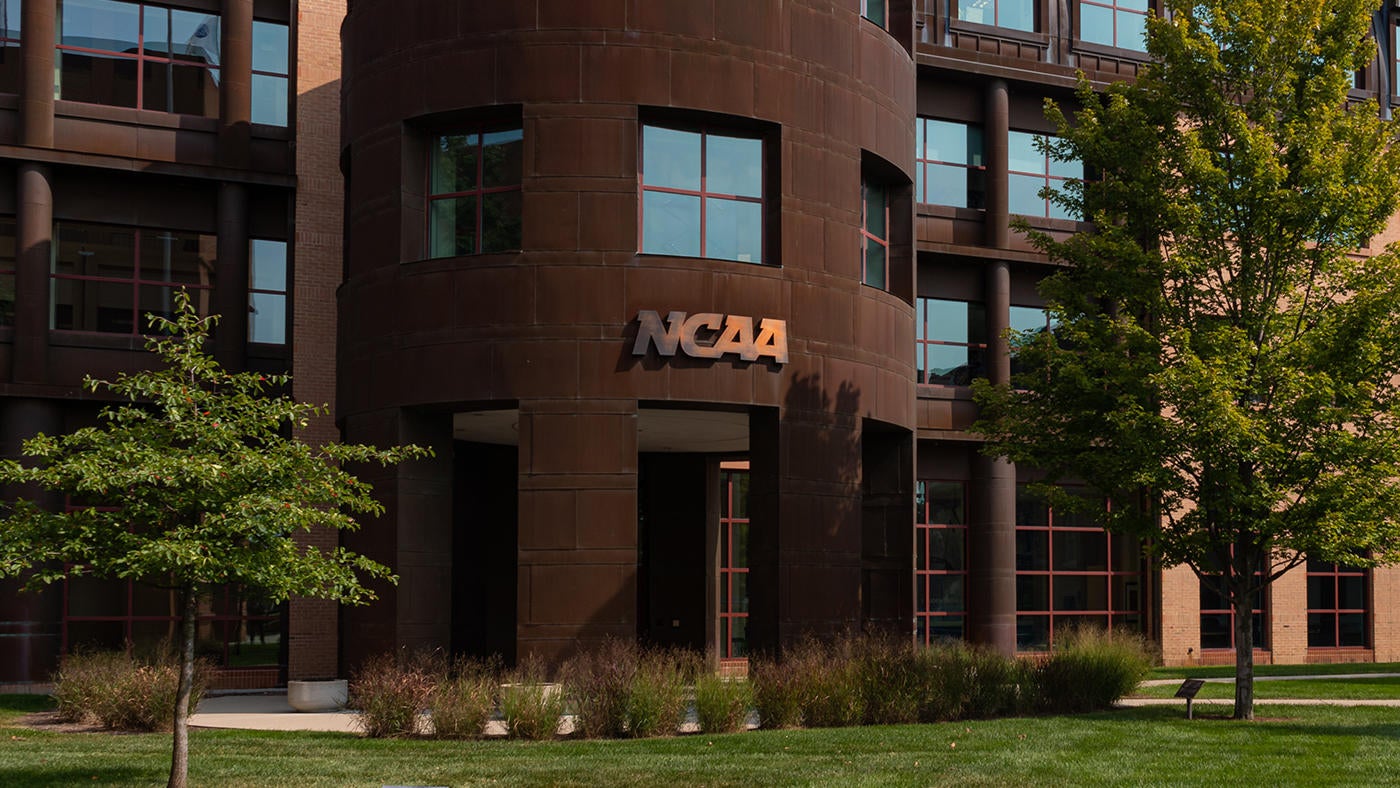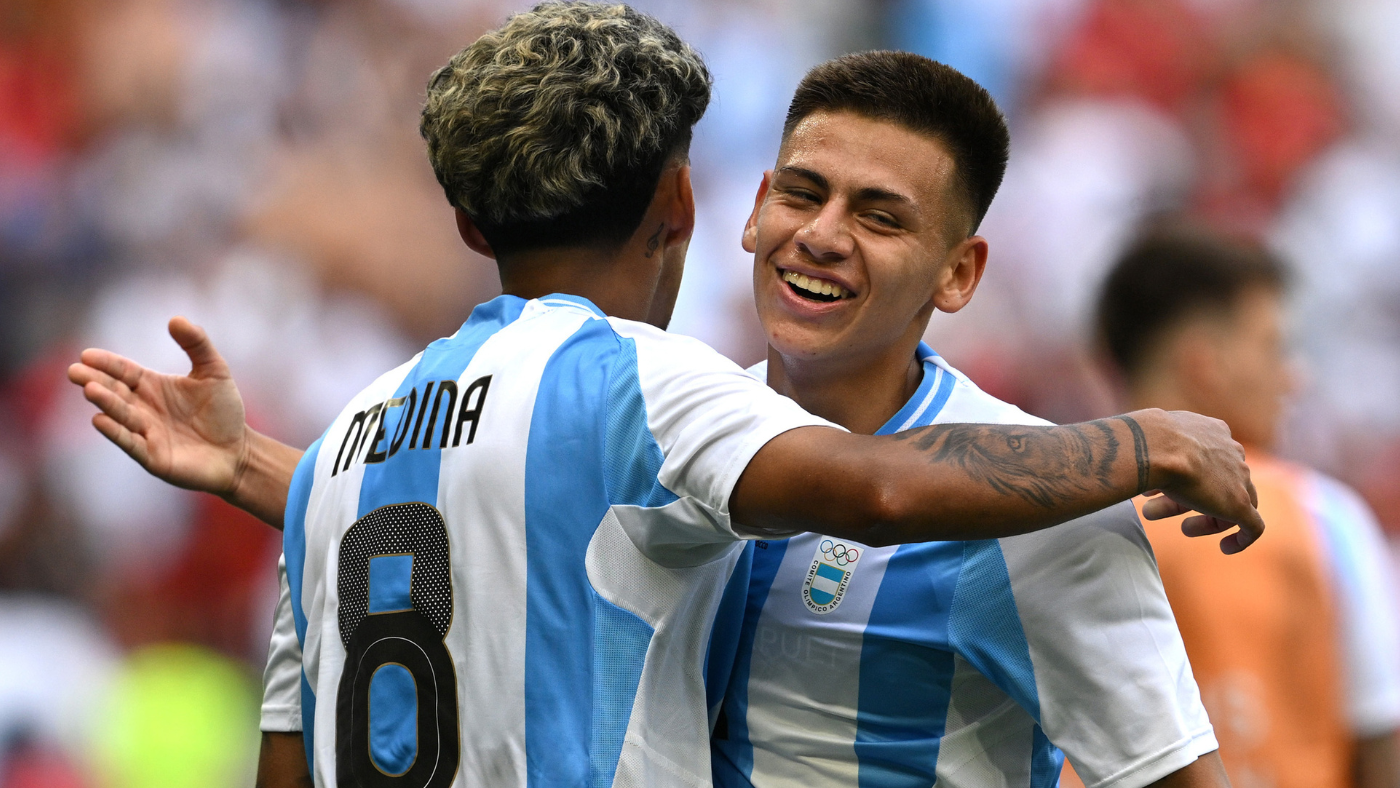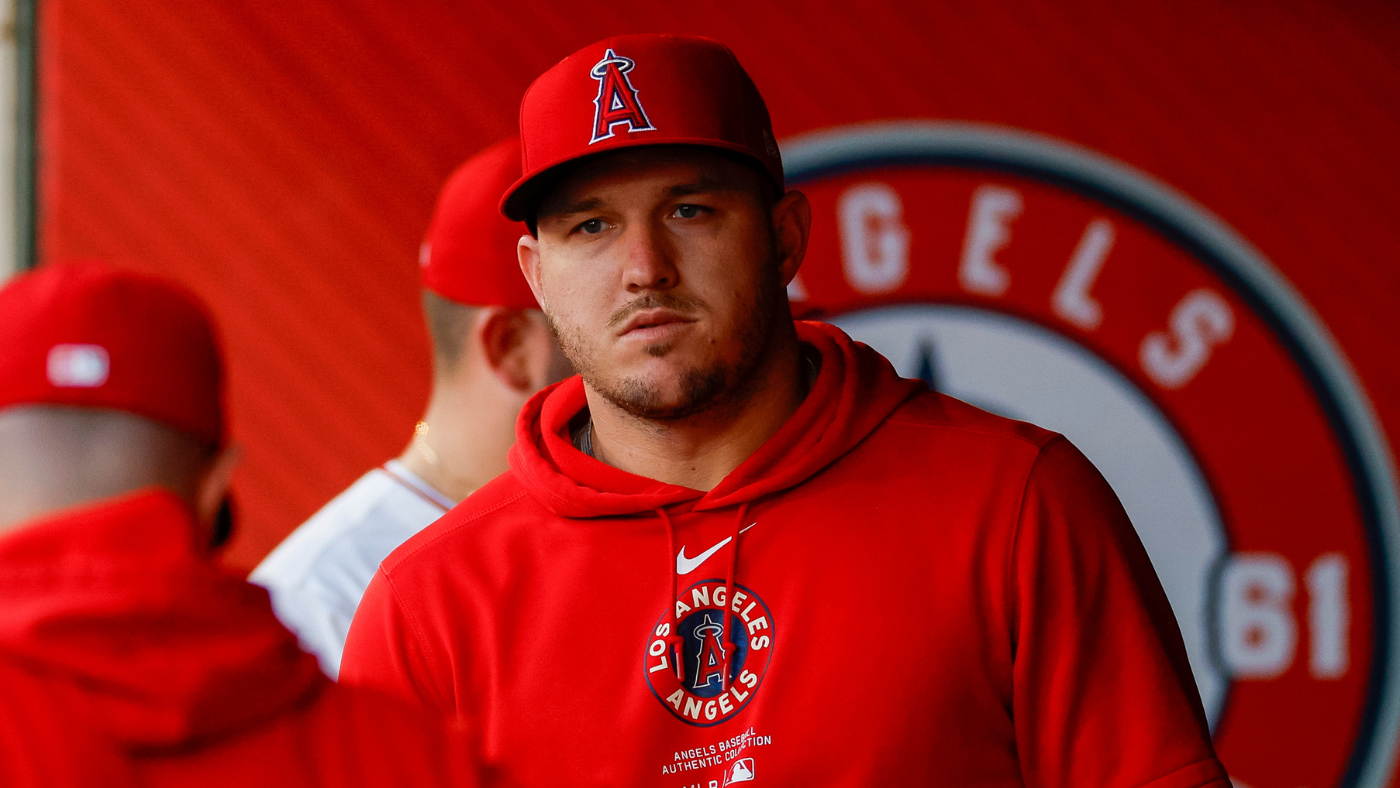House v. NCAA agreement details roster sizes, NIL transparency as college leaders set blueprint for future
Written by CBS SPORTS ALL RIGHTS RESERVED on July 26, 2024


The NCAA and plaintiffs filed on Friday a long-form agreement to settle a multi-billion dollar, class-action lawsuit that paves the way for a new revenue-sharing model and governance that introduces roster-size limits and NIL regulation in major college athletics.
“NCAA college athletes have waited decades for this moment, and their right to receive the full value of their hard work has finally arrived,” Steve Berman, managing partner and co-founder of plaintiff law firm Hagens Berman told CBS Sports. “We are incredibly proud to be in the final stages of historic change.”
The 100-page agreement filed in the Northern District of California provides more details on terms of the settlement, which involves three class-action lawsuits, most notably the House v. NCAA. The newest and most consequential details include roster-size limits beginning with the 2025-26 seasons, which were determined by power conference commissioners earlier in the week, and unlimited scholarships in all sports. The agreement also sets the stage to share up to 22% of total revenues to future athletes and the establishment of a clearinghouse to help govern name, image and likeness deals.
“This is another important step in the ongoing effort to provide increased benefits to student-athletes while creating a stable and sustainable model for the future of college sports,” an NCAA spokesperson wrote in a press release. “While there is still much work to be done in the settlement approval process, this is a significant step toward establishing clarity for the future of all of Division I athletics while maintaining a lasting education-based model for college sports, ensuring the opportunity for student-athletes to earn a degree and the tools necessary to be successful in life after sports.”
Schools will also have flexibility in sharing scholarships, with all sports now labeled as “equivalency sports,” allowing for partial scholarships to be distributed to players in football and basketball. Those sports were previously tabbed as “head-count sports,” which required players to be on full scholarship.
Football rosters will be limited to 105 players, resulting in as many as 20 additional scholarships beyond the current scholarship restrictions (85), sources told CBS Sports. With unlimited scholarships, baseball teams will be able to provide as many as 34 scholarships to players, an increase from the 11.7 “equivalency” among 27 players allowed today. Softball will jump from 12 to 25.
Former athletes will be paid $2.78 billion in back payments over the next 10 years. The new structure for revenue-sharing with future players will be capped at 22% of the average total revenue generated at schools in eight categories reported in the NCAA’s Membership Financial Reporting System. Those revenue categories include ticket sales and media rights. That should amount to nearly $22 million annually, which will increase 4% annually, with further re-evaluations built in after the first, fourth and seventh years of the 10-year agreement. Should the parties agree that revenues have changed substantially between those dates, a yearly evaluation is possible.
The longform agreement also includes stricter rules on NIL, though how those will be enforced remain unanswered — and the NCAA and plaintiffs have yet to agree on an arbiter. NIL agreements over $600 will be subject to review by a clearinghouse to ensure they are legitimate, fair-market value agreements that are not used in a pay-for-play scheme. How the autonomy five schools will police NIL is to be determined, and it’s not clear if enforcement will be handled by the NCAA or the conferences. Schools will also be allowed to pay players directly for their NIL, however doing so will apply toward the 22% revenue cap. Outside parties will continue to be allowed to strike separate NIL deals with players.
“Collectives aren’t going to go away if there’s a salary cap,” said Russell White, president of The Collective Association. “Universities will continue to want to compete above and beyond (the base revenue shares).”
The 22% revenue share equates to as much as $2 billion annually among the power conferences, according to the NCAA. In addition to scholarships, meals and academic support already provided, the NCAA says power conference schools will share “nearly 50%” of its athletics revenue to players.
That doesn’t necessarily mean all schools will provide full scholarships to all players. For example, several administrators surveyed by CBS Sports this week do not expect to provide full scholarships to all 34 players on baseball rosters. The increase in scholarships are expected to add $5 million to $10 million in expenses for each school.
The NCAA is still seeking federal legislation to circumvent state laws that could conflict with the settlement. Conference leaders have also been clear they prefer to not designate players as employees. The National Labor Relations Board and the plaintiff attorneys have previously argued for employment designation, according to the NCAA.
The biggest complication is Title IX compliance and whether future payments must be shared equally among all players or if a weighted system can be utilized to reward revenue-generating sports like football with more money than their female counterparts. The unspoken truth among administrators is it seems unlikely they will advocate for equal pay for athletes whose sports earn less than football and men’s basketball.
“It’s very likely we’re going to see non-revenue sports get massacred,” said Jason Belzer, president of Student Athlete NIL. “Title IX is going to be a very big battle. How are you going to stop it? It’s going to be tough.”
But is there a blueprint to follow in the current settlement agreement? Ninety percent of back payments are expected to be distributed to football and men’s basketball players. Several administrators believe that structure could set the stage for the future revenue-sharing model, though it likely needs to be codified in Congress to avoid Title IX lawsuits.
Plaintiff attorney Jeffrey Kessler told CBS Sports in May the Title IX implications could become a school-by-school issue settled in courts, not one decided with conference-wide resolutions.
“There are people who believe that some schools are violating Title IX right now, and there is a lot of uncertainty as to how it applies to different cases,” Kessler said. “That will continue to be the case and it’ll have to get worked out in the courts as to where it applies.”
Added Steve Berman, co-lead counsel for House: “I have heard both sides. … I don’t know the answer to that, and that’s their problem.”
Simply put, the long-form agreement provides a blueprint rather than an instruction manual for the future of college athletics. Many issues remain unresolved and further litigation is possible.
“I’ve never taken the position that the threat of other things happening is a reason not to do something,” Big Ten commissioner Tony Petitti told CBS Sports earlier this week. “At some point you have to choose a path. Is this the best path to stability? Is this doing enough right now to address a lot of the concerns we’re having in college athletics? I think the answer turned out to be yes. That’s why we did it. It doesn’t mean the settlement is curing all the other issues. At the end of the day, this was a very critical group of cases that were settled out. They do provide a pretty clear pathway system.”
The NCAA is on the hook for 40% of the $2.78 billion settlement, and the remaining 60% will come from reducing its revenue distributions to the 32 Division I conferences over the next 10 years ($1.6 billion). The NCAA is utilizing a formula based on revenue distribution presented to each league over a nine-year period starting in 2016, which leans heavily on basketball units tied to NCAA Tournament participation, according to Yahoo Sports. The Power Five conferences — ACC, Big Ten, Big 12, Pac-12 and SEC — will pay 24% of the overall damages, followed by the Group of Five at 10%.The FCS is on the hook for 14% and non-football conferences in Division I will pay 12% of the overall agreement, according to documents reviewed by CBS Sports.
The post House v. NCAA agreement details roster sizes, NIL transparency as college leaders set blueprint for future first appeared on OKC Sports Radio.







